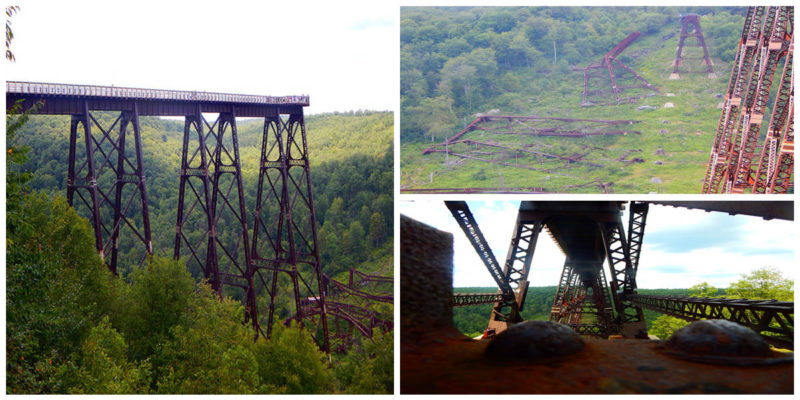Pennsylvania is known for its extensive natural areas and forests. Rich in natural resources, it quickly became a target of a number of men and the sharp edge of their axes. Back in the 1800s, one of the most profitable developments in the area was the railroad.
The development of railroads allowed for the transport of these natural resources, particularly coal, which was the foundation of many businesses in Pennsylvania and even ran the trains themselves.
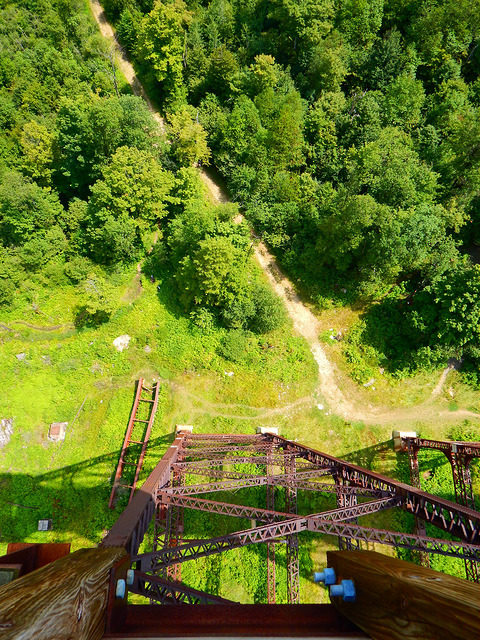
The industrial revolution brought about a titanic change in the American economy. But the industrialists were not yet satisfied. There was an obstacle on their way to even bigger riches: the barrier of the Kinzua Valley. It was necessary for this area to be conquered for it was a more direct route to the coal-hungry industries of the north.
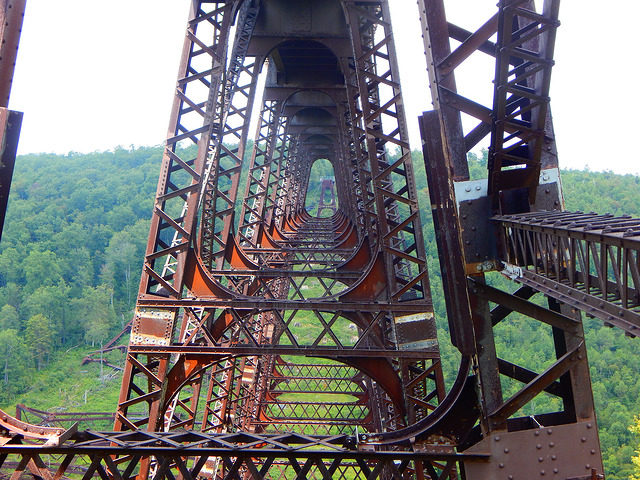
A decision needed to be made: take the shortcut, save time, and in the long run money, or go around the valley, adding an additional 10 kilometers on the way to Buffalo.
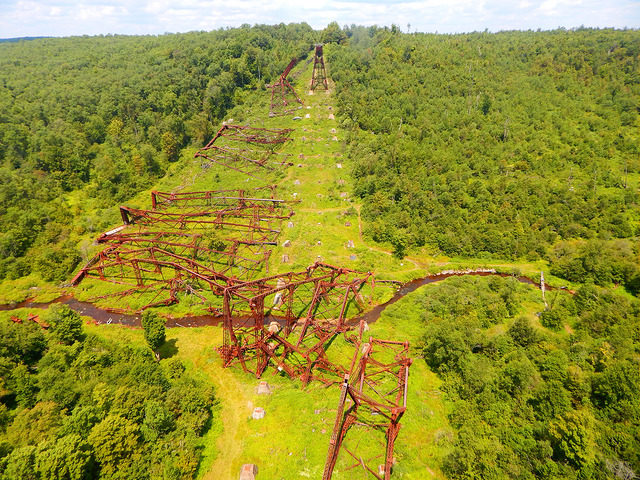
Two men were appointed to the task of conquering this valley. The first was General Thomas Kane, and joining him on this quest was the inventor Octave Chanute, both known to be able to push the limits of what was possible. Chanute had advised the Wright Brothers on their first flight, in which they lifted the aircraft about 12 meters off the ground and glided through the air for almost 40 meters.
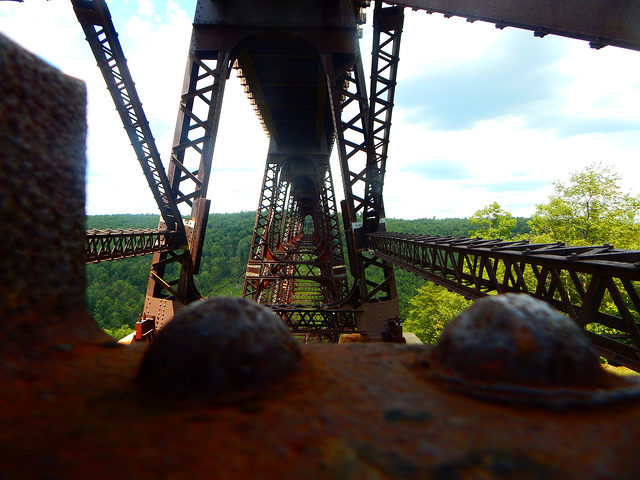
But for the task of crossing the Kinzua Valley, they would need a different type of transport. They decided to build a viaduct. The company that they decided to go with on this undertaking was Phoenix Iron Works.
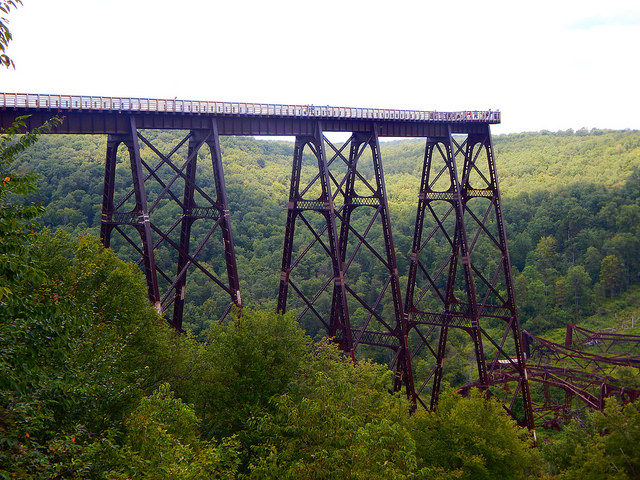
The construction of the bridge in 1882 was done in a record time. It took them less than 100 days from start to finish. Once completed, the viaduct was dubbed “the eighth wonder of the world” and rightfully so. The bridge stood on top of 20 towers that supported the rail tracks. It was a spectacular bit of engineering that was even taller than the famous Brooklyn Bridge. As a matter of fact, it was both the tallest and the longest bridge in the world.
The cost of this endeavor was $275,000, or $6,251,000 with inflation adjusted for 2017. Trains from all over the United States came to pass over this bridge, though they had to use using slow speed in crossing for the viaduct was made using wood, metal, and sandstone.
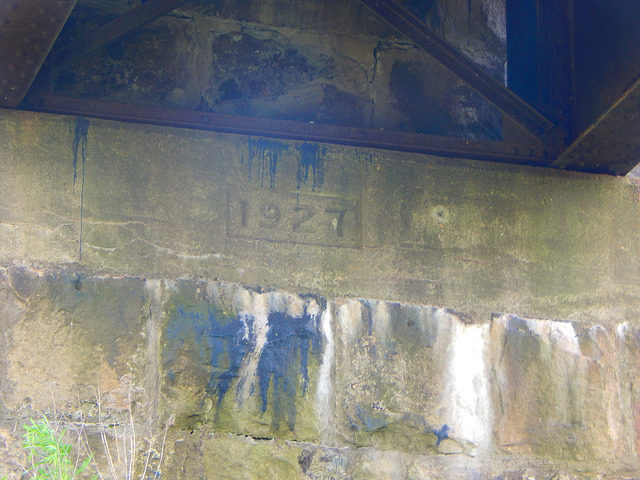
With time, the bridge proved to be inefficient for the new types of trains and cargo that were heavier than their predecessors. And so a reconstruction was started in the 1900s in order to reinforce the old viaduct. Again, in about 100 days the bridge was reinforced and was once more ready to be used.
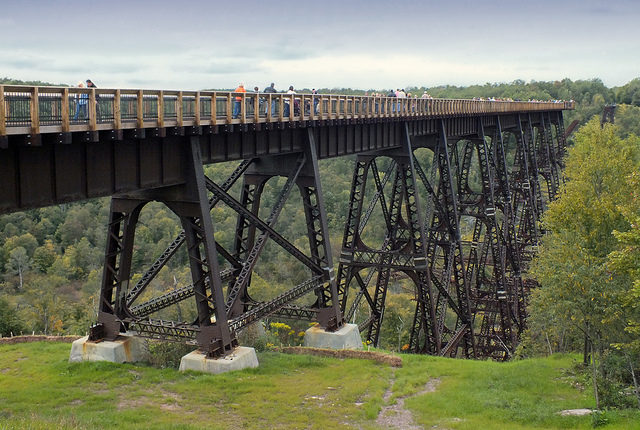
But even the reinforced viaduct proved to be too weak for the diesel locomotives. Plus the construction itself offered speed limits no greater than 8 km/h. Over time, the viaduct was gradually put out of use until 1959 when it was completely closed to traffic.
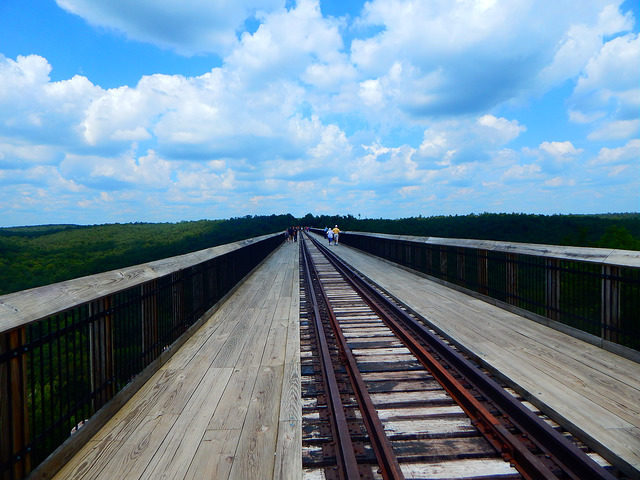
It was sold to Kovalchick Salvage Company who did not have the heart to dismantle this feat of engineering. The viaduct managed to survive as part of the Kinzua Bridge State Park that was opened to the general public in 1970.
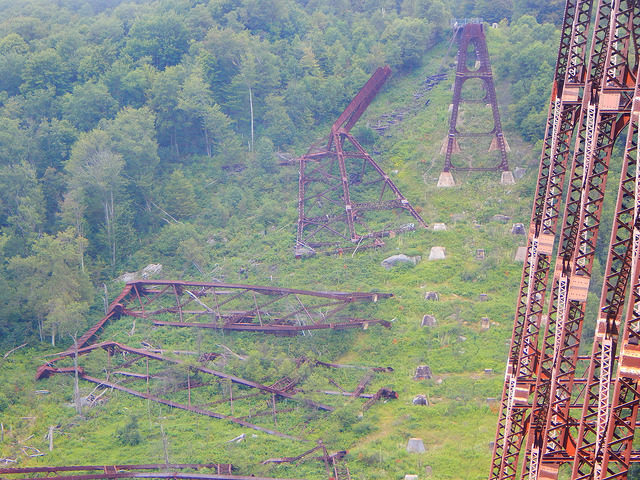
A fence was installed, so the visitors would fully enjoy the view from the bridge in a safe manner. A tornado hit the bridge in 2013, causing a number of the towers to collapse due to high winds but part of it survived. The Kinzua Viaduct remains to this day a witness to the persitence of the industrial era.
